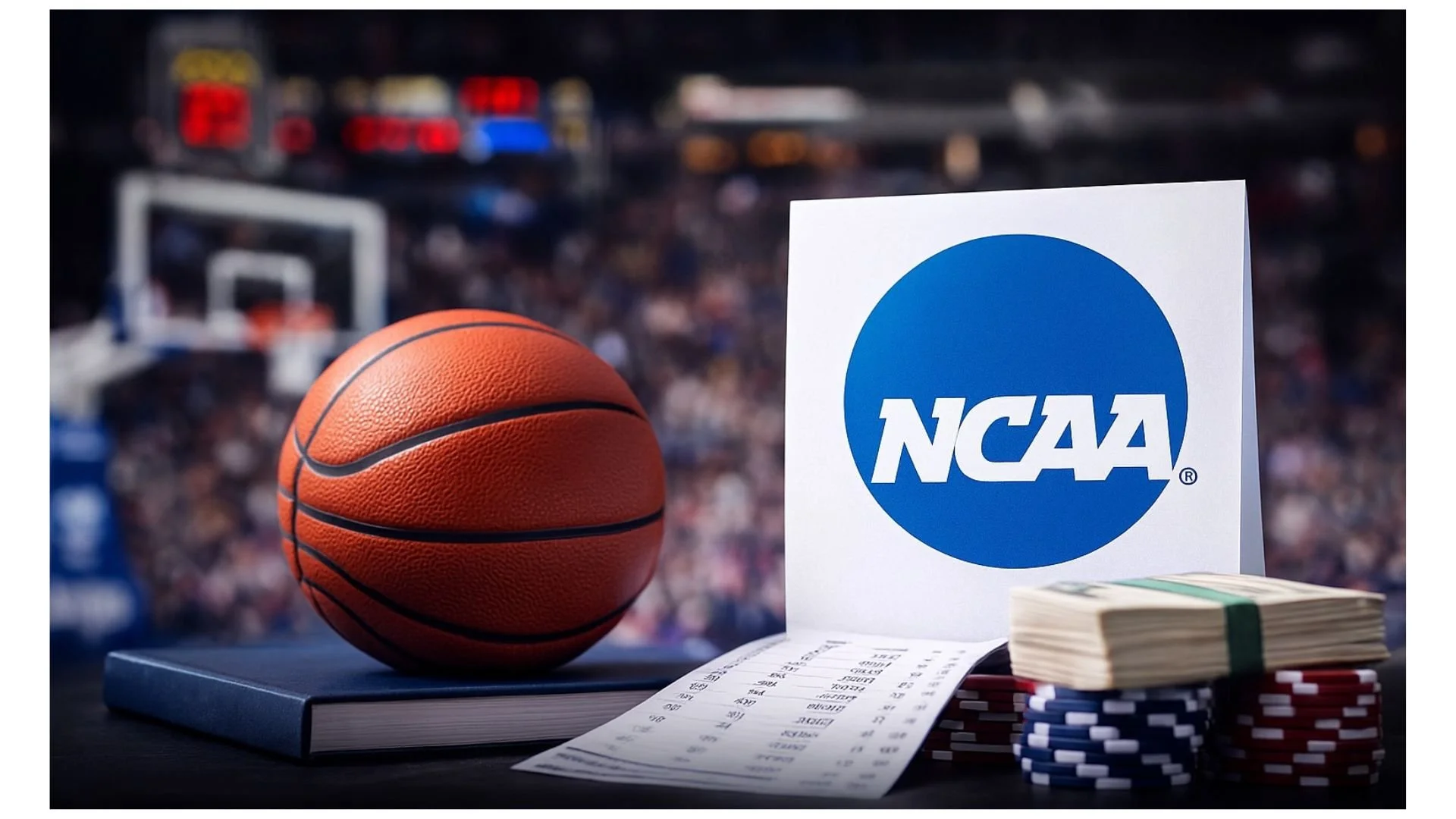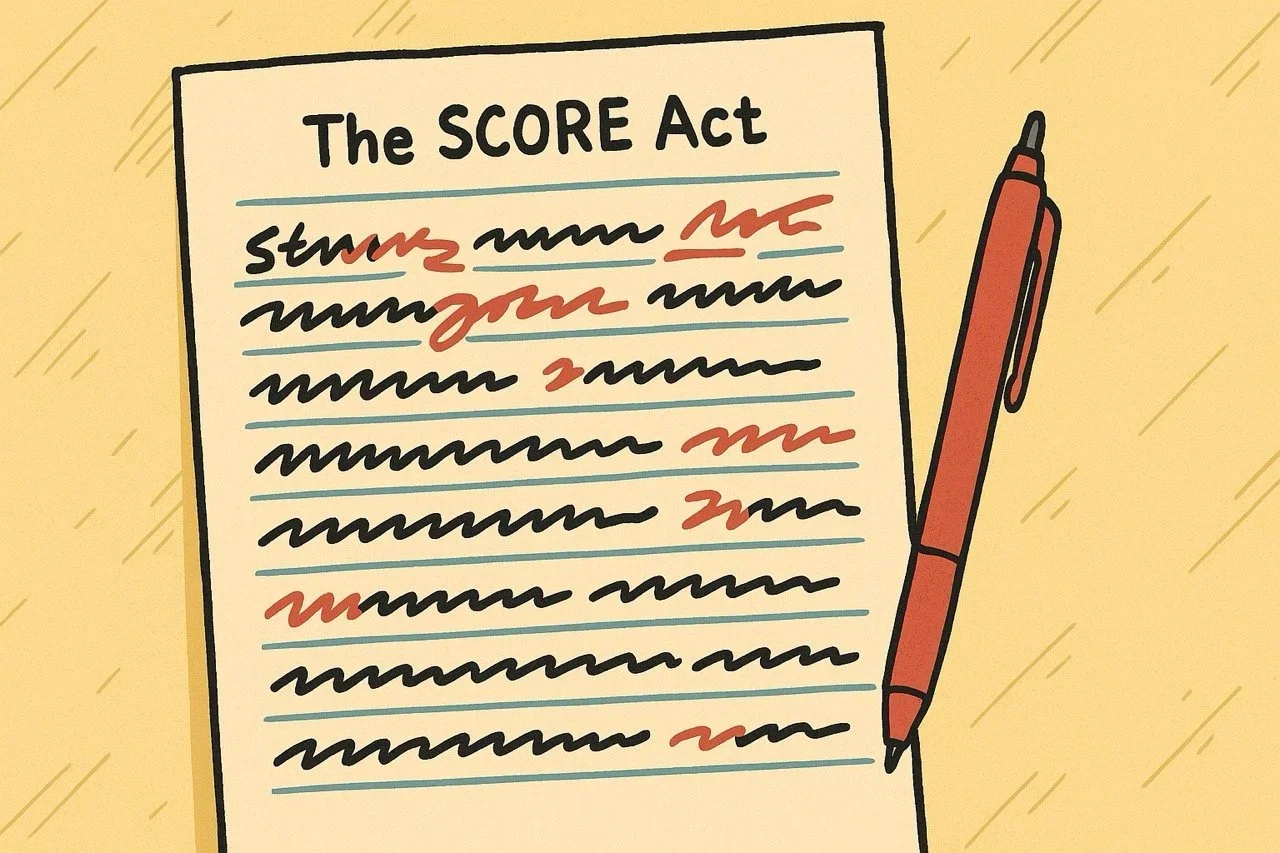Athletes Continue to Graduate At High Rates
The NCAA just released its newest Graduation Success Rate report, and the data continues a long-term trend. Student-athletes are earning degrees at consistently high levels across divisions.
The GSR offers a clearer picture than the federal graduation rate by accounting for transfers in and out of programs. This year’s numbers show stable academic performance even during a period of significant change in college athletics.
If you support student-athletes or work in college advising, this report is a useful reference point for understanding their academic outcomes and the reliability of athletics programs in promoting degree completion.
Should I Work in Sports?
I’ve spent a lot of time reflecting on my early career in college athletics. Playing, coaching, operations, fundraising it shaped the way I work in ways I never fully appreciated until I stepped outside the industry.
I put those thoughts into a new piece about what sports business teaches you, why so many young people are drawn to it, and why counselors play an important role in helping students understand both the opportunities and the realities. The long hours, the low pay, the pressure to prove yourself. For the right kind of student especially those with an athletic mindset it can be an incredible training ground.
If you work with students who dream about careers in sports, I think this perspective will resonate. Here’s the full article.
NextGen College Soccer: A Blueprint Worth Watching
A new DI college soccer white paper from a committee of coaches, administrators, and conference staff outlines a student-first revamp: an academic-year season, tighter regional play, and a clearer postseason to cut travel, protect classes, and grow the sport’s value. This article explains why this plan matters and discusses the implications for other Olympic sports that will try to stand on their own as football economics shift.
Why Football Looms So Large
Even in conferences built on basketball tradition, football drives the business of college sports. In the ACC, for example, football now accounts for roughly 75% of total athletic revenue—a striking reminder of how the economics of college athletics shape everything from budgets to roster sizes.
In our latest article, we look at what that means for counselors and student-athletes: why football attracts so much attention and funding, how other sports adapt around it, and why this imbalance is likely to keep growing unless the NCAA’s structure changes.
Resource: COSMA - Commission on Sport Management Accreditation
Looking for a trustworthy starting point on sport management programs? COSMA is the program-level accreditor for sport management and explains what quality looks like in this field, from learning outcomes to assessment and continuous improvement. Its searchable Program Directory lists accredited and candidate programs by degree level and location, making it easy to verify quality and build an initial college list. It will not include every strong program, but it is a credible first stop for counselors, students, and families.
Majoring in Sports
Sport management is a family of majors that prepare students for the business and operations of sport, and where the program lives on campus matters. Some are in colleges of business, others grow out of education or kinesiology, some stand alone, and a smaller group sits in areas like public health or hospitality. Each home shapes coursework, internships, and alumni networks. This article is a quick guide to the main program types, what they tend to emphasize, and examples to help counselors match students with the right fit.





















